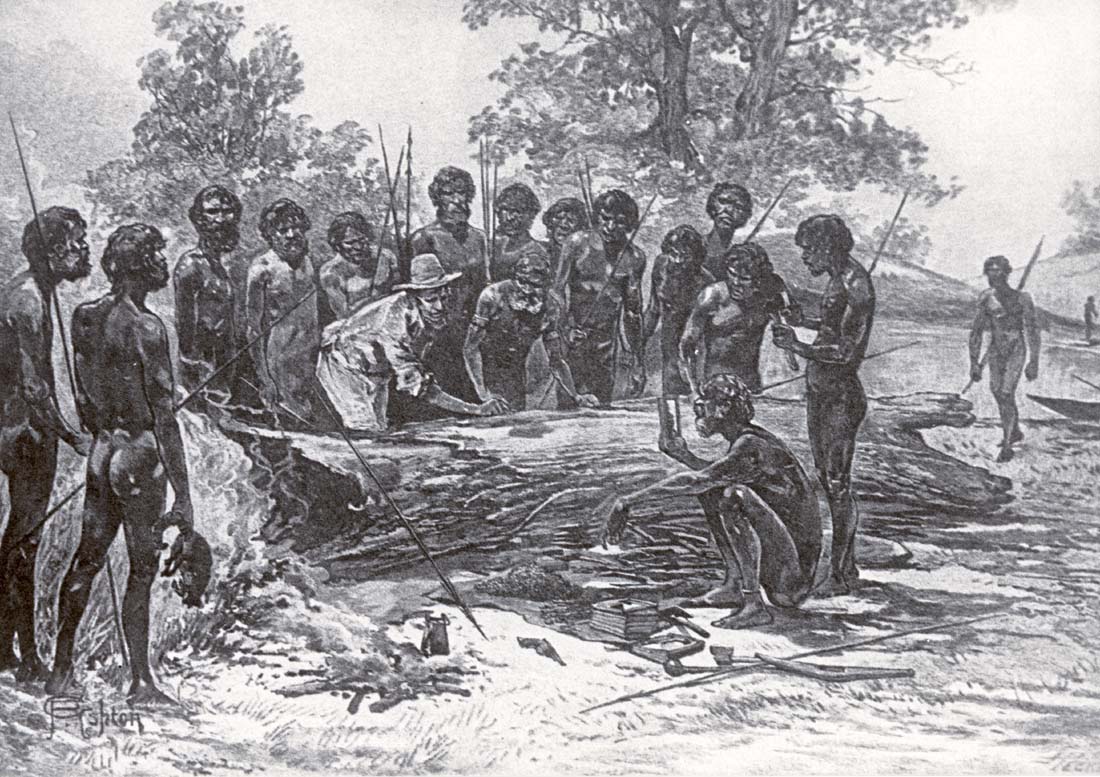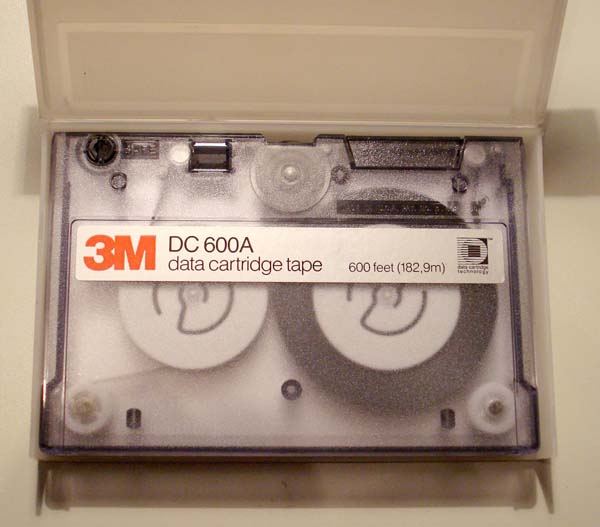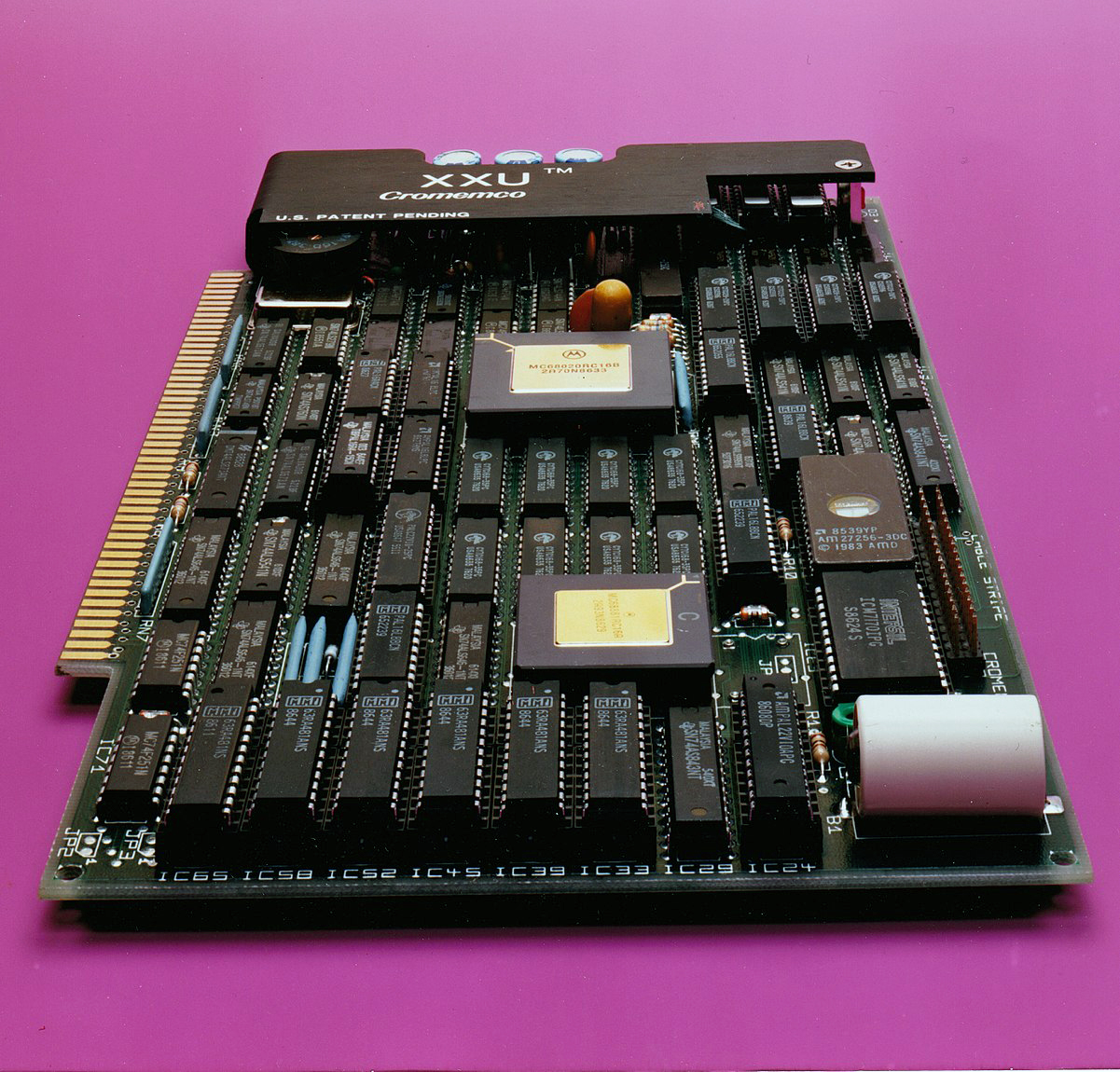|
Alloy Computer Products
Alloy Computer Products is an Australian manufacturer of information technology products based near Melbourne. As of 2007, the company currently markets networking and VoIP products. The company was originally based in Framingham, Massachusetts and by 1990 was part of the Fortune 500. At one point Alloy was a major producer of quarter inch cartridge, QIC format tape drives and other computer peripherals. In the mid 1990s the company was no longer profitable. It filed for bankruptcy in the U.S. and the Australian subsidiary was bought out by the management team from the Australian division. Alloy Computer Products, Inc., was founded in 1979. Alloy was initially founded to supply hard drive and tape backup systems for S-100 bus computers running CP/M. When IBM's PC was released, Alloy provided hard drive storage and tape backup solutions for the new system. Alloy Computer Products later developed and marketed multi-user computer systems for the emerging microcomputer marketplace. A ... [...More Info...] [...Related Items...] OR: [Wikipedia] [Google] [Baidu] |
Information Technology
Information technology (IT) is the use of computers to create, process, store, retrieve, and exchange all kinds of data . and information. IT forms part of information and communications technology (ICT). An information technology system (IT system) is generally an information system, a communications system, or, more specifically speaking, a computer system — including all hardware, software, and peripheral equipment — operated by a limited group of IT users. Although humans have been storing, retrieving, manipulating, and communicating information since the earliest writing systems were developed, the term ''information technology'' in its modern sense first appeared in a 1958 article published in the '' Harvard Business Review''; authors Harold J. Leavitt and Thomas L. Whisler commented that "the new technology does not yet have a single established name. We shall call it information technology (IT)." Their definition consists of three categories: techniques ... [...More Info...] [...Related Items...] OR: [Wikipedia] [Google] [Baidu] |
Framingham, Massachusetts
Framingham () is a city in the Commonwealth of Massachusetts in the United States. Incorporated in 1700, it is located in Middlesex County and the MetroWest subregion of the Greater Boston metropolitan area. The city proper covers with a population of 72,362 in 2020, making it the 14th most populous municipality in Massachusetts. Residents voted in favor of adopting a charter to transition from a representative town meeting system to a mayor–council government in April 2017, and the municipality transitioned to city status on January 1, 2018. History Framingham, sited on the ancient trail known as the Old Connecticut Path, was first settled by a European when John Stone settled on the west bank of the Sudbury River in 1647. Native American leader Tantamous lived in the Nobscot Hill area of Framingham prior to King Philip's War in 1676. In 1660, Thomas Danforth, an official of the Bay Colony, formerly of Framlingham, Suffolk, received a grant of land at "Danforth's Farms" and ... [...More Info...] [...Related Items...] OR: [Wikipedia] [Google] [Baidu] |
Melbourne
Melbourne ( ; Boonwurrung/ Woiwurrung: ''Narrm'' or ''Naarm'') is the capital and most populous city of the Australian state of Victoria, and the second-most populous city in both Australia and Oceania. Its name generally refers to a metropolitan area known as Greater Melbourne, comprising an urban agglomeration of 31 local municipalities, although the name is also used specifically for the local municipality of City of Melbourne based around its central business area. The metropolis occupies much of the northern and eastern coastlines of Port Phillip Bay and spreads into the Mornington Peninsula, part of West Gippsland, as well as the hinterlands towards the Yarra Valley, the Dandenong and Macedon Ranges. It has a population over 5 million (19% of the population of Australia, as per 2021 census), mostly residing to the east side of the city centre, and its inhabitants are commonly referred to as "Melburnians". The area of Melbourne has been home to Abori ... [...More Info...] [...Related Items...] OR: [Wikipedia] [Google] [Baidu] |
VoIP
Voice over Internet Protocol (VoIP), also called IP telephony, is a method and group of technologies for the delivery of voice communications and multimedia sessions over Internet Protocol (IP) networks, such as the Internet. The terms Internet telephony, broadband telephony, and broadband phone service specifically refer to the provisioning of communications services (voice, fax, SMS, voice-messaging) over the Internet, rather than via the public switched telephone network (PSTN), also known as plain old telephone service (POTS). Overview The steps and principles involved in originating VoIP telephone calls are similar to traditional digital telephony and involve signaling, channel setup, digitization of the analog voice signals, and encoding. Instead of being transmitted over a circuit-switched network, the digital information is packetized and transmission occurs as IP packets over a packet-switched network. They transport media streams using special media delivery proto ... [...More Info...] [...Related Items...] OR: [Wikipedia] [Google] [Baidu] |
Information Technology
Information technology (IT) is the use of computers to create, process, store, retrieve, and exchange all kinds of data . and information. IT forms part of information and communications technology (ICT). An information technology system (IT system) is generally an information system, a communications system, or, more specifically speaking, a computer system — including all hardware, software, and peripheral equipment — operated by a limited group of IT users. Although humans have been storing, retrieving, manipulating, and communicating information since the earliest writing systems were developed, the term ''information technology'' in its modern sense first appeared in a 1958 article published in the '' Harvard Business Review''; authors Harold J. Leavitt and Thomas L. Whisler commented that "the new technology does not yet have a single established name. We shall call it information technology (IT)." Their definition consists of three categories: techniques ... [...More Info...] [...Related Items...] OR: [Wikipedia] [Google] [Baidu] |
Quarter Inch Cartridge
Quarter inch cartridge tape (abbreviated QIC, commonly pronounced "quick") is a magnetic tape data storage format introduced by 3M in 1972, with derivatives still in use as of 2016. QIC comes in a rugged enclosed package of aluminum and plastic that holds two tape reels driven by a single belt in direct contact with the tape. The tape was originally wide and anywhere from long. Data is written linearly along the length of the tape in one track (mostly on pre-1980 equipment), or written "serpentine", one track at a time, the drive reversing direction at the end of the tape, and each track's data written in the opposite direction to its neighbor. Since its introduction, it has been widely used, and many variations exist. There is a QIC trade association that publishes QIC standards which include interfaces and logical formats. To a very large extent it was the efficiency and openness of this organization which encouraged hardware and software developers to use this type of drive an ... [...More Info...] [...Related Items...] OR: [Wikipedia] [Google] [Baidu] |
Tape Drive
A tape drive is a data storage device that reads and writes data on a magnetic tape. Magnetic tape data storage is typically used for offline, archival data storage. Tape media generally has a favorable unit cost and a long archival stability. A tape drive provides sequential access storage, unlike a hard disk drive, which provides direct access storage. A disk drive can move to any position on the disk in a few milliseconds, but a tape drive must physically wind tape between reels to read any one particular piece of data. As a result, tape drives have very large average access times. However, tape drives can stream data very quickly off a tape when the required position has been reached. For example, Linear Tape-Open (LTO) supports continuous data transfer rates of up to 360 MB/s, a rate comparable to hard disk drives. Design Magnetic tape drives with capacities of less than one megabyte were first used for data storage on mainframe computers in the 1950s. , capa ... [...More Info...] [...Related Items...] OR: [Wikipedia] [Google] [Baidu] |
S-100 Bus
The S-100 bus or Altair bus, IEEE 696-1983 ''(withdrawn)'', is an early computer bus designed in 1974 as a part of the Altair 8800. The bus was the first industry standard expansion bus for the microcomputer industry. computers, consisting of processor and peripheral cards, were produced by a number of manufacturers. The bus formed the basis for homebrew computers whose builders (e.g., the Homebrew Computer Club) implemented drivers for CP/M and MP/M. These microcomputers ran the gamut from hobbyist toy to small business workstation and were common in early home computers until the advent of the IBM PC. Architecture The bus is a passive backplane of 100-pin printed circuit board edge connectors wired in parallel. Circuit cards measuring 5 × 10-inches serving the functions of CPU, memory, or I/O interface plugged into these connectors. The bus signal definitions closely follow those of an 8080 microprocessor system, since the Intel 8080 microprocessor was the first ... [...More Info...] [...Related Items...] OR: [Wikipedia] [Google] [Baidu] |
CP/M
CP/M, originally standing for Control Program/Monitor and later Control Program for Microcomputers, is a mass-market operating system created in 1974 for Intel 8080/ 85-based microcomputers by Gary Kildall of Digital Research, Inc. Initially confined to single-tasking on 8-bit processors and no more than 64 kilobytes of memory, later versions of CP/M added multi-user variations and were migrated to 16-bit processors. The combination of CP/M and S-100 bus computers became an early standard in the microcomputer industry. This computer platform was widely used in business through the late 1970s and into the mid-1980s. CP/M increased the market size for both hardware and software by greatly reducing the amount of programming required to install an application on a new manufacturer's computer. An important driver of software innovation was the advent of (comparatively) low-cost microcomputers running CP/M, as independent programmers and hackers bought them and shared their ... [...More Info...] [...Related Items...] OR: [Wikipedia] [Google] [Baidu] |
8086
The 8086 (also called iAPX 86) is a 16-bit microprocessor chip designed by Intel between early 1976 and June 8, 1978, when it was released. The Intel 8088, released July 1, 1979, is a slightly modified chip with an external 8-bit data bus (allowing the use of cheaper and fewer supporting ICs),Fewer TTL buffers, latches, multiplexers (although the amount of TTL logic was not drastically reduced). It also permits the use of cheap 8080-family ICs, where the 8254 CTC, 8255 PIO, and 8259 PIC were used in the IBM PC design. In addition, it makes PCB layout simpler and boards cheaper, as well as demanding fewer (1- or 4-bit wide) DRAM chips. and is notable as the processor used in the original IBM PC design. The 8086 gave rise to the x86 architecture, which eventually became Intel's most successful line of processors. On June 5, 2018, Intel released a limited-edition CPU celebrating the 40th anniversary of the Intel 8086, called the Intel Core i7-8086K. History Background In 197 ... [...More Info...] [...Related Items...] OR: [Wikipedia] [Google] [Baidu] |
Intel 80286
The Intel 80286 (also marketed as the iAPX 286 and often called Intel 286) is a 16-bit microprocessor that was introduced on February 1, 1982. It was the first 8086-based CPU with separate, non- multiplexed address and data buses and also the first with memory management and wide protection abilities. The 80286 used approximately 134,000 transistors in its original nMOS (HMOS) incarnation and, just like the contemporary 80186, it could correctly execute most software written for the earlier Intel 8086 and 8088 processors. The 80286 was employed for the IBM PC/AT, introduced in 1984, and then widely used in most PC/AT compatible computers until the early 1990s. In 1987, Intel shipped its five-millionth 80286 microprocessor. History and performance Intel's first 80286 chips were specified for a maximum clockrate of 5, 6 or 8 MHz and later releases for 12.5 MHz. AMD and Harris later produced 16 MHz, 20 MHz and 25 MHz parts, respectively. Intersil ... [...More Info...] [...Related Items...] OR: [Wikipedia] [Google] [Baidu] |
AT&T UNIX PC
The AT&T UNIX PC is a Unix desktop computer originally developed by Convergent Technologies (later acquired by Unisys), and marketed by AT&T Information Systems in the mid- to late-1980s. The system was codenamed "Safari 4" and is also known as the PC 7300, and often dubbed the "3B1". Despite the latter name, the system had little in common with AT&T's line of 3B series computers. The system was tailored for use as a productivity tool in office environments and as an electronic communication center.AT&T, Select Code 999-601-311IS, ''AT&T UNIX PC Owner's Manual'' (1986) Hardware configuration * 10 MHz Motorola 68010 (16-bit external bus, 32-bit internal) with custom, discrete MMU * Internal MFM hard drive, originally 10 MB, later models with up to 67 MB * Internal 5-1/4" floppy drive * At least 512 KB RAM on main board (1 MB or 2 MB were also options), expandable up to an additional 2 MB via expansion cards * Monochrome green phosphor monitor * Internal 300/1200 bit/s mo ... [...More Info...] [...Related Items...] OR: [Wikipedia] [Google] [Baidu] |






